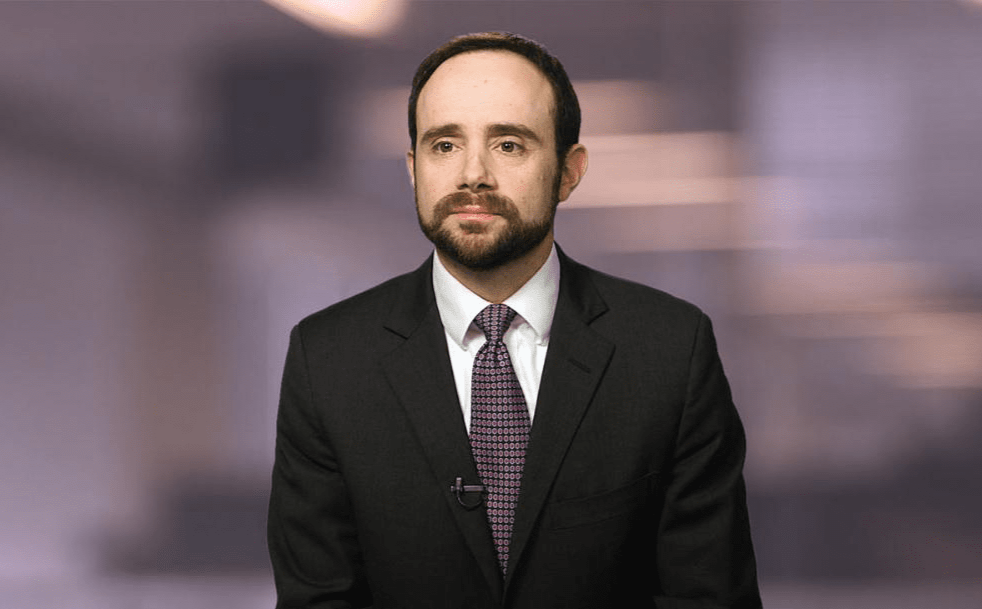Although heralded as a fundamental break from traditional finance, the cryptocurrency financial system turns out to be susceptible to the same risks that are all too familiar in traditional finance, such as leverage, liquidation, opacity and maturity and liquidity transformation, Fed Vice Chair Lael Brainard said in a speech at the Bank of England in London.
“As we work to prepare our financial stability agenda for the future, it is important to ensure that the regulatory perimeter encompasses cryptofinance,” said Brainard who also reviewed that “recent volatility has highlighted serious vulnerabilities in the cryptocurrency financial system.”
Distinguishing responsible innovation from regulatory evasion
New technologies often promise to increase competition in the financial system, reduce transaction costs and settlement times, and channel investment into new productive uses. However, new products and platforms are often fraught with risks, such as fraud and manipulation, and it is important, and sometimes difficult, to distinguish between hype and value.
If past innovation cycles are any guide, for distributed ledgers, smart contracts, programmability and digital assets to fulfill their potential to bring competition, efficiency and speed, it will be essential to address the basic risks that plague all forms of finance. These risks include leakage, crowdselling, deleveraging, interconnectedness and contagion, along with fraud, manipulation and evasion. In addition, it is important to be alert to the possibility of new forms of risk, as many of the technological innovations underpinning the cryptocurrency ecosystem are relatively novel.
Far from stifling innovation, strong regulatory barriers will help investors and developers build a resilient digital native financial infrastructure. Strong regulatory barriers will help banks, payment providers and financial technology companies (FinTechs) improve the customer experience, streamline settlement, reduce costs and enable rapid product enhancement and customization.
“We are closely following recent events where system risks have crystallized and many crypto-investors have suffered losses,” he warned.
However, despite the significant losses suffered by investors, the cryptocurrency financial system does not yet appear to be so large or so interconnected with the traditional financial system as to pose a systemic risk.
“Therefore, this is the right time to ensure that similar risks are subject to similar regulatory outcomes and similar disclosure, in order to help investors distinguish between genuine, responsible innovation and the false allure of seemingly easy returns that conceal significant risk,” the vice chairwoman said, according to text posted on the Fed’s website.
In addition, Brainard called for establishing which cryptocurrency activities are permitted for regulated entities and under what restrictions, so that spillover effects on the core financial system remain well contained.
Due to the cross-sector and cross-border reach of cryptocurrency platforms, exchanges and activities, it is important for regulators to work together domestically and internationally to maintain a stable financial system and address regulatory evasion, the vice chair of the U.S. monetary authority reflected.
In applying a principle of “same risk, same regulatory outcome,” we should start by ensuring basic consumer and investor protection. Retail users must be protected against exploitation, undisclosed conflicts of interest and market manipulation, risks to which they are particularly vulnerable, according to a large body of research. If investors lack these basic protections, these markets will be vulnerable to runs.
Second, because trading platforms play a critical role in cryptoasset markets, it is important to address non-compliance and loopholes that may exist.
“We have seen that crypto trading platforms and crypto lending companies not only conduct activities similar to those in traditional finance without comparable regulatory compliance, but also combine activities that should be separate in traditional financial markets,” he commented.
Third, all financial institutions, whether in traditional finance or cryptofinance, must comply with regulations designed to combat money laundering and terrorist financing and to support economic sanctions.
The exchange of assets without permission and tools that conceal the origin of funds not only facilitate evasion, but also increase the risk of theft, hacks and ransomware attacks. These risks are particularly prominent in decentralized exchanges that are designed to avoid the use of intermediaries responsible for customer identification and may require adaptations to ensure compliance at this most fundamental layer.
Finally, it is important to address any regulatory gaps and adapt existing approaches to new technologies. While regulatory frameworks clearly apply to DeFi activities just as they do to centralized cryptographic activities and traditional finance, DeFi protocols may present new challenges that may require adaptation of existing approaches.
By way of conclusion, Brainard says that innovation has the potential to make financial services faster, cheaper and more inclusive, and to do so natively in the digital ecosystem.
“Allowing responsible innovation to flourish will require that the regulatory perimeter encompasses the crypto financial system in accordance with the principle of similar risk, similar regulatory outcome, and that new risks associated with new technologies are adequately addressed. It is important that the foundations for sound regulation of the cryptocurrency financial system are established now before the cryptocurrency ecosystem becomes so large or so interconnected that it may pose risks to the stability of the broader financial system,” he concluded.
The text is an excerpt from Fed Vice Chair Lael Brainard’s speech at the Bank of England in London. To read the full text you can access the following link.

